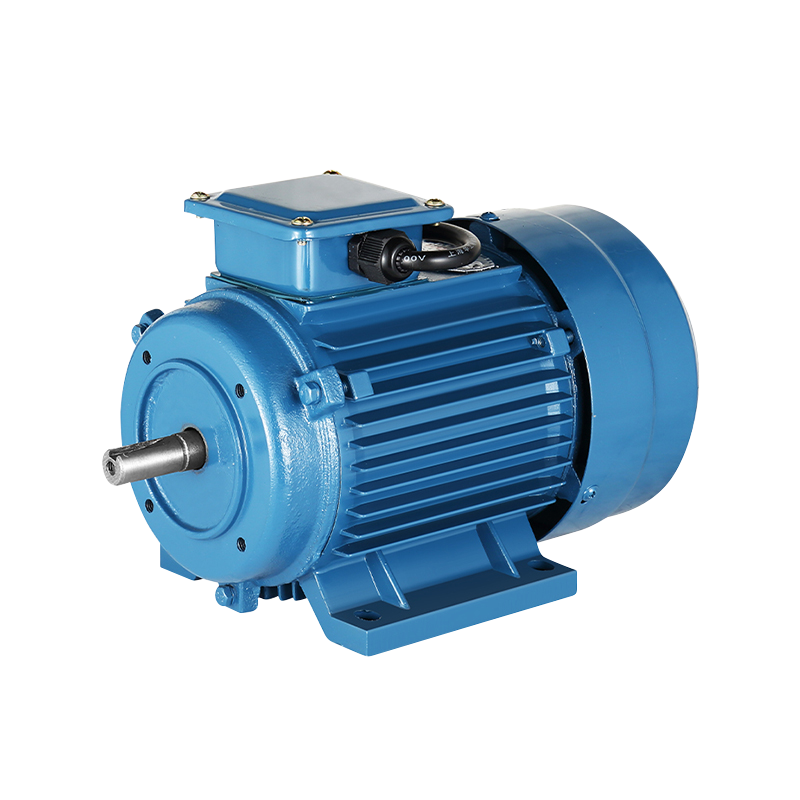The Secret To Smooth Multitasking In An Asynchronous Engine
Custom OEM Asynchronous Engine Traction DC Motor in China
In the fast-paced world of software development, the ability to handle multiple tasks efficiently is crucial. This is where the concept of an asynchronous engine comes into play. A custom asynchronous engine is a system designed to perform tasks without waiting for the completion of other tasks, allowing for a more fluid and efficient workflow. The secret to achieving smooth multitasking in such an engine lies in understanding its underlying principles and implementing them effectively.
An asynchronous engine operates on the principle of non-blocking operations. This means that the engine can initiate a task and then move on to the next task without waiting for the one to complete. This is in stark contrast to a synchronous engine, which must wait for each task to finish before moving on to the next. Its approach to multitasking is more akin to how humans multitask in everyday life, handling multiple responsibilities simultaneously without getting bogged down by the completion of each individual task.
One of the key benefits of an asynchronous engine is its ability to improve performance. By not waiting for tasks to be completed, the engine can make better use of system resources, resulting in faster execution times. This is particularly important in environments where resources are limited, such as in mobile applications or cloud-based services. Its efficiency in resource management can result in significant cost savings and improved user experience.
However, the asynchronous engine is not without its challenges. One of the main issues developers face is the complexity of managing multiple tasks that are running concurrently. This can result in problems such as race conditions, where the outcome of a task depends on the sequence or timing of other tasks. To overcome these challenges, developers must implement robust error handling and synchronization mechanisms within it.
Another challenge in using an asynchronous engine is ensuring that tasks are executed in the correct order. While the engine can handle tasks concurrently, there may be dependencies between tasks that require a specific sequence. To address this, developers can use techniques such as promises, callbacks, or event-driven programming to control the flow of tasks within it.
The secret to smooth multitasking in an asynchronous engine also involves understanding the concept of event loops. An event loop is a programming construct that allows the engine to continuously check for and process events or messages in the system. This is crucial for maintaining a responsive user interface, as it allows the engine to handle user input and system events without blocking other tasks. By leveraging the event loop, developers can create a seamless user experience even when the asynchronous engine is handling complex, multi-step processes.
In addition to event loops, the asynchronous engine often relies on the concept of futures and promises. These are programming constructs that represent the completion (or failure) of an asynchronous operation and its resulting value. By using futures and promises, developers can write code that is more readable and easier to maintain, as they can express the relationships between tasks in a more declarative way.
To further enhance the performance of an OEM Asynchronous Traction Motor, developers can implement techniques such as task batching and prioritization. Task batching involves grouping similar tasks together and processing them in a single batch, which can reduce the overhead of context switching and improve overall efficiency. Task prioritization, on the other hand, allows the engine to prioritize certain tasks over others, ensuring that critical tasks are completed.
Another aspect of smooth multitasking in an asynchronous engine is the use of concurrency models. Concurrency models define how tasks are executed and managed within the engine. There are various concurrency models, such as thread-based, event-driven, and actor-based models. Each model has its own advantages and trade-offs, and the choice of model can significantly impact the performance and complexity of the Asynchronous DC Motor in China.
In conclusion, the secret to smooth multitasking in an asynchronous engine lies in a combination of effective design principles, robust programming constructs, and efficient resource management. By understanding and implementing these principles, developers can create systems that are not only capable of handling multiple tasks concurrently but also provide a seamless and responsive user experience.
-
Feedback

 English
English 中文简体
中文简体






